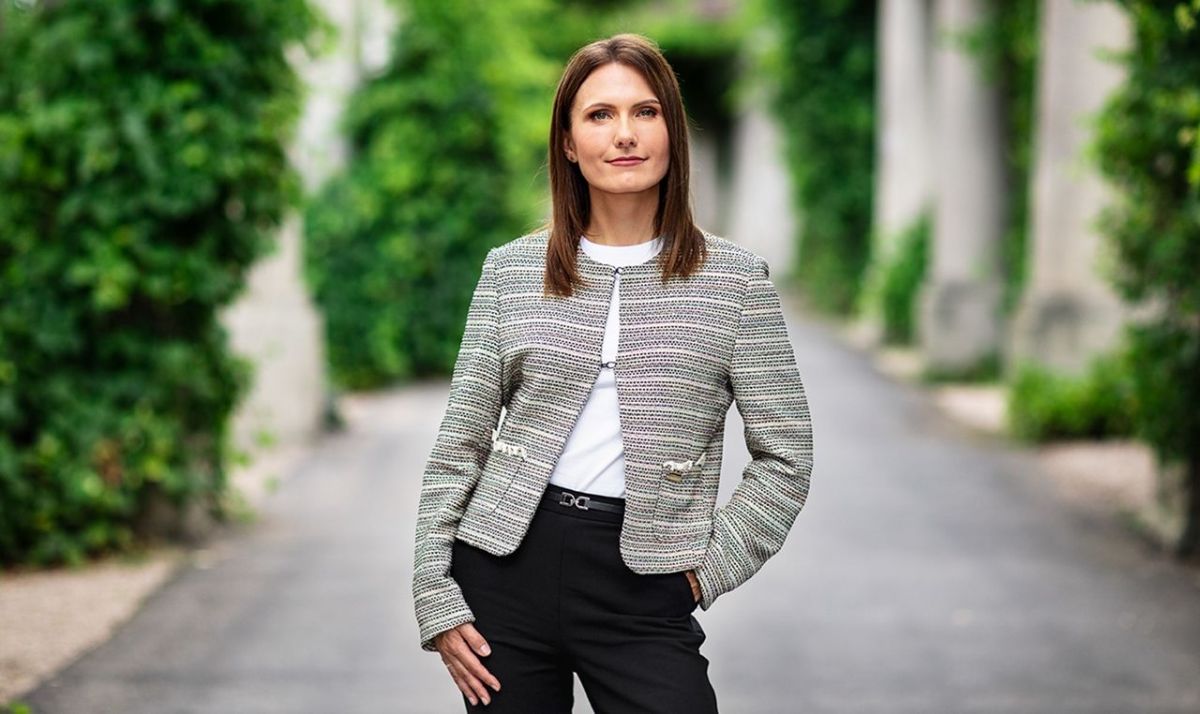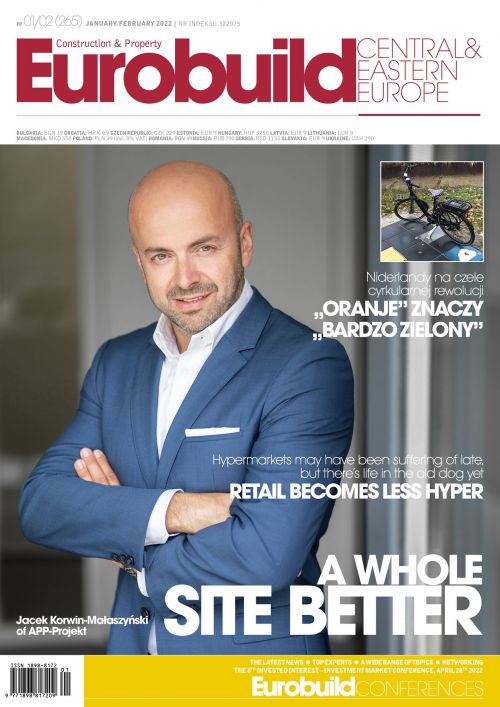However, Reuters reports that the Moulin family had not balked at the paltry EUR 16.8 bln offered. According to the news agency, the family had always viewed the deal with scepticism, believing it to have no real business rationale. This was not the only takeover deal served up on Carrefour’s dinner table. Earlier, at the beginning of 2021, Carrefour had been in talks with Alimentation Couche-Tard from Canada, who were offering slightly less (EUR 16.2 bln), but this deal was eventually scuppered by the French government citing “food security” issues. One might have concluded that Carrefour had fallen on rather hard times – an impression that could only have been bolstered by reports in June that it was reconsidering its international operations and that its businesses in Taiwan, Italy and (last but not least) Poland might be for the chopping board. Carrefour denied these rumours calling them “premature”. However, it is also rumoured that KPMG has bee































































